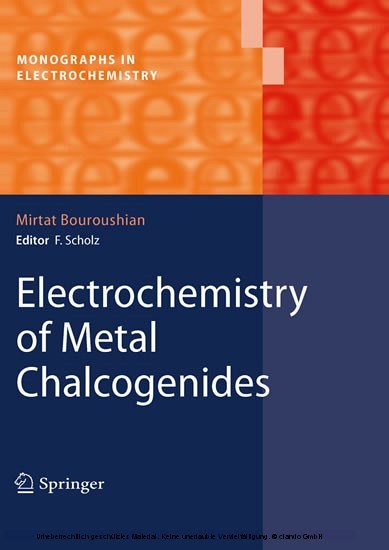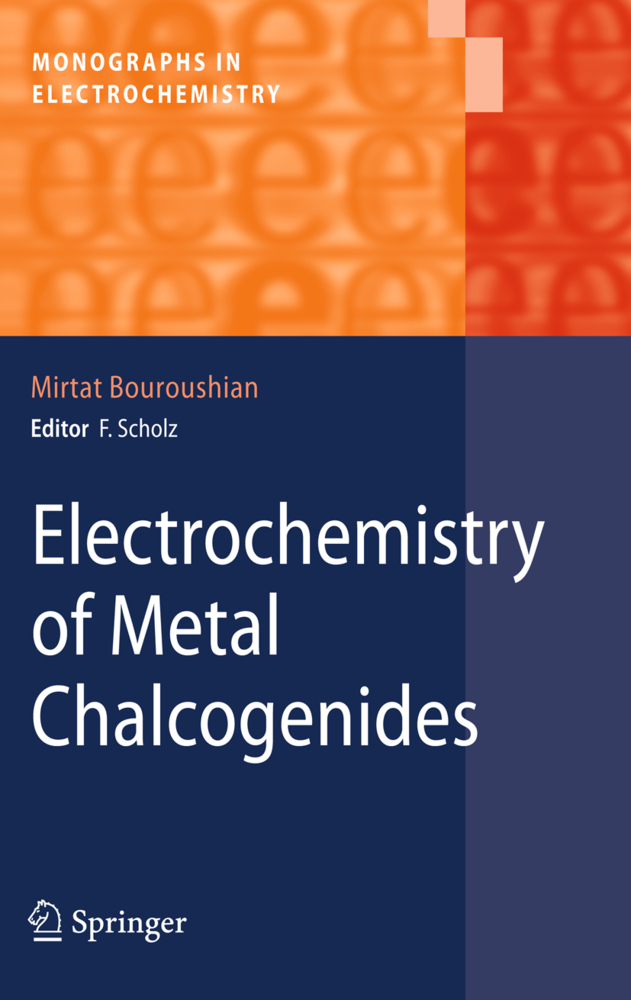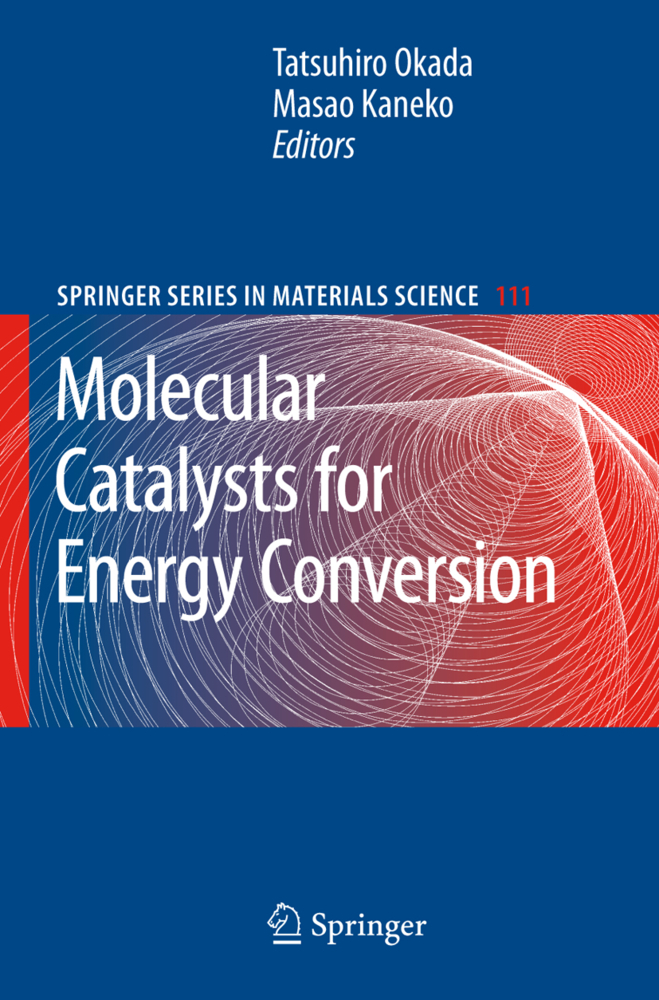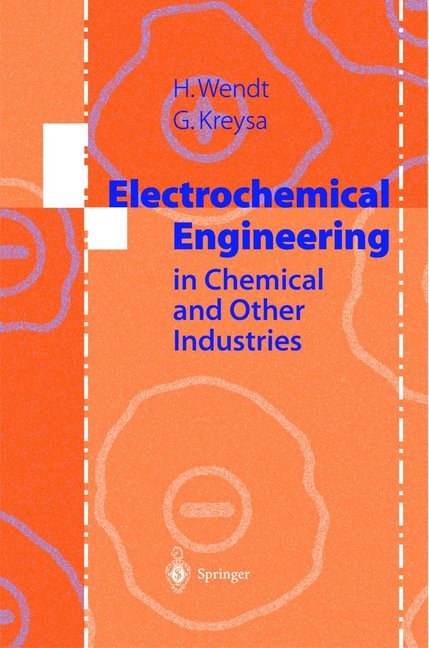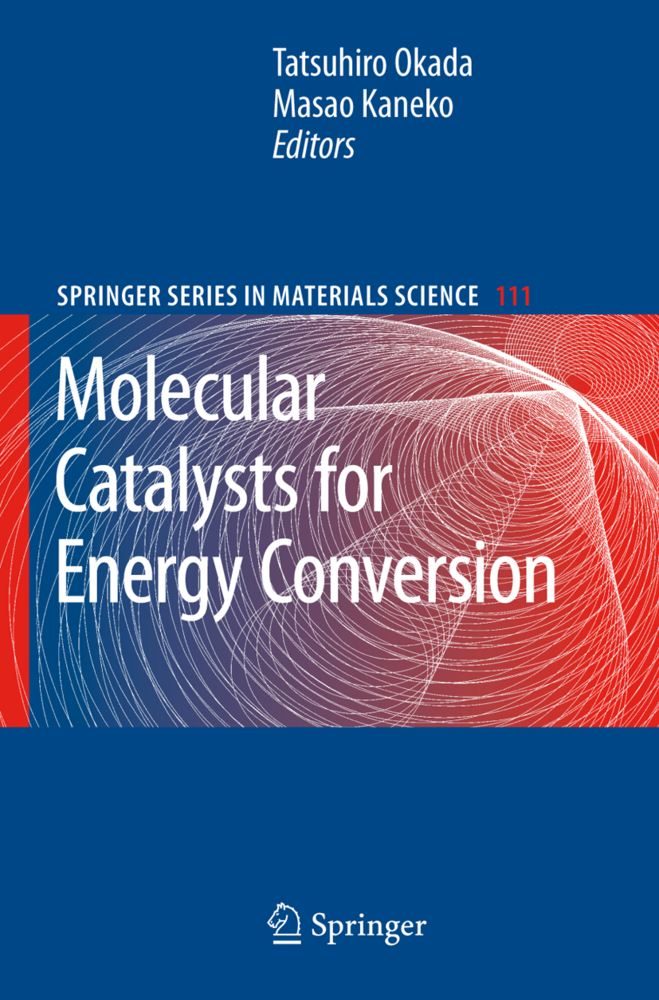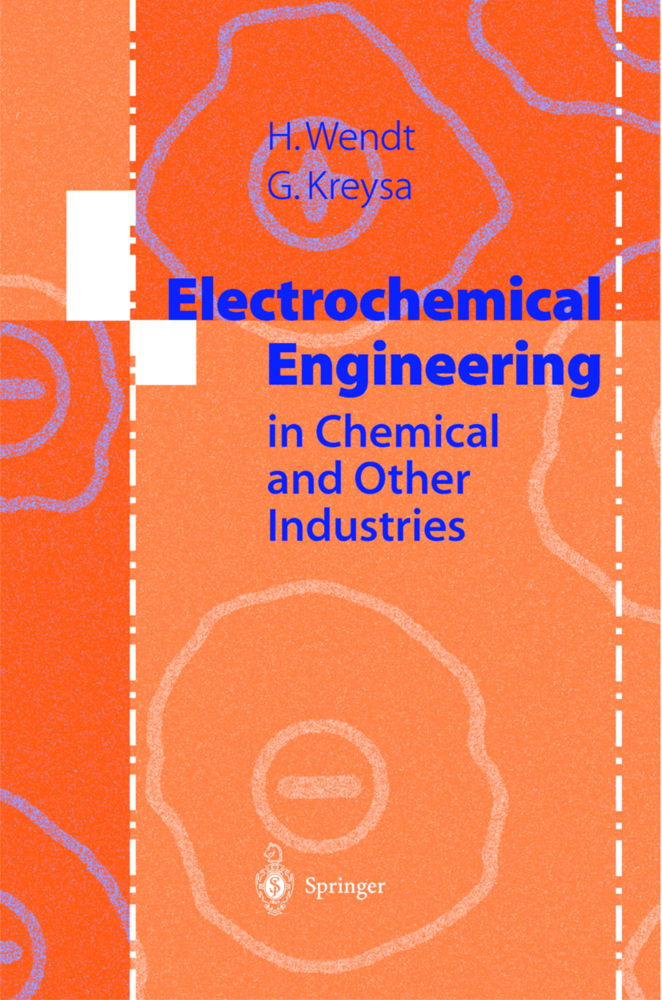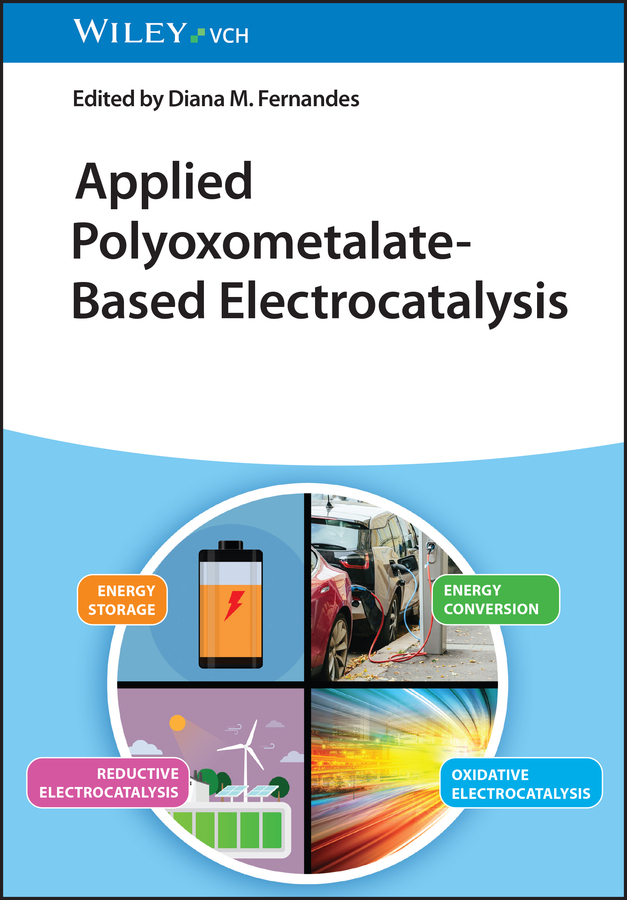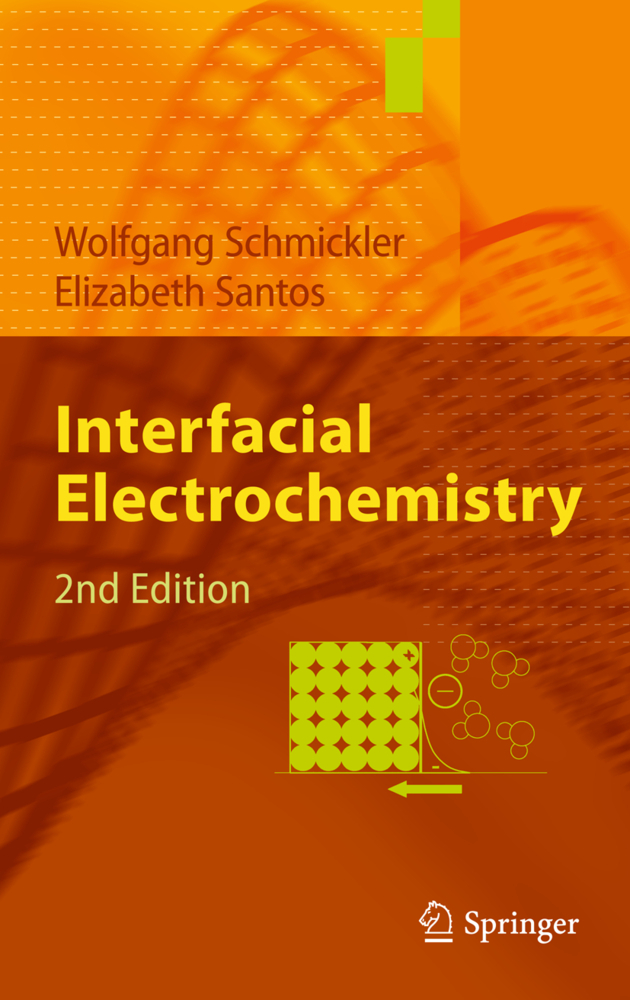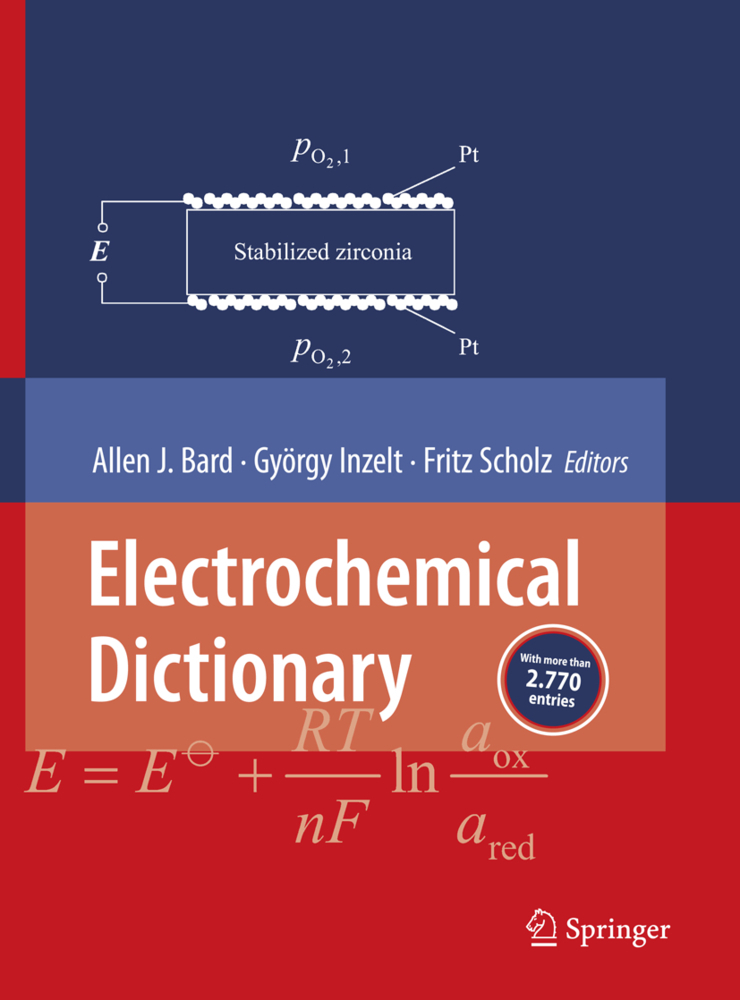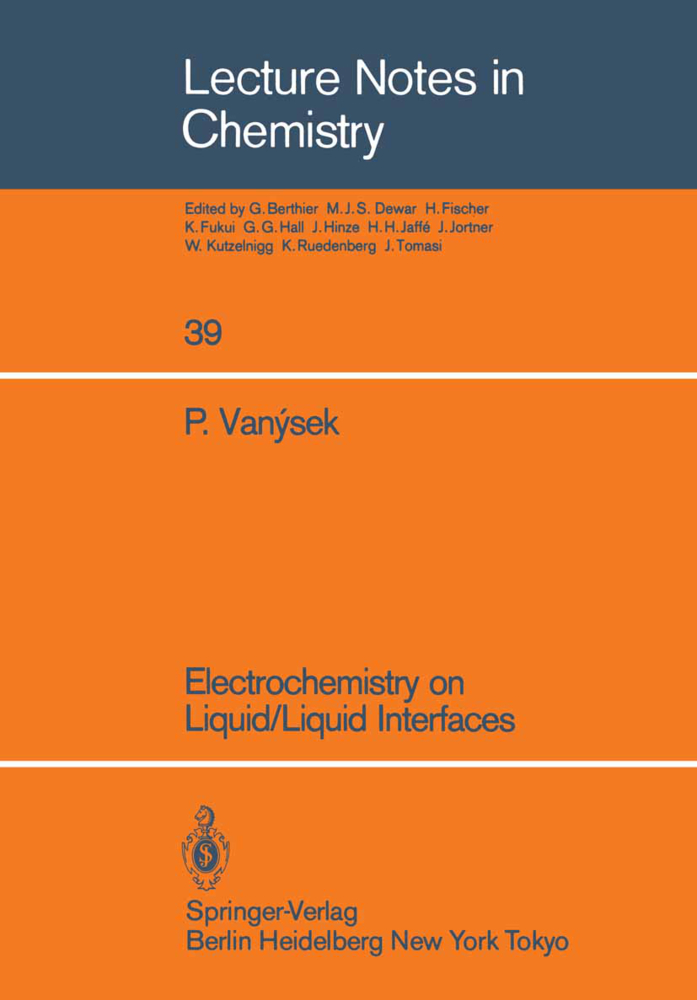The author provides a unified account of the electrochemical material science of metal chalcogenide (MCh) compounds and alloys with regard to their synthesis, processing and applications.
Starting with the chemical fundamentals of the chalcogens and their major compounds, the initial part of the book includes a systematic description of the MCh solids on the basis of the Periodic Table in terms of their structures and key properties. This is followed by a general discussion on the electrochemistry of chalcogen species, and the principles underlying the electrochemical formation of inorganic compounds/alloys. The core of the book offers an insight into available experimental results and inferences regarding the electrochemical preparation and microstructural control of conventional and novel MCh structures. It also aims to survey their photoelectrochemistry, both from a material-oriented point of view and as connected to specific processes such as photocatalysis and solar energy conversion.
Finally, the book illustrates the relevance of MCh materials to various applications of electrochemical interest such as (electro)catalysis in fuel cells, energy storage with intercalation electrodes, and ion sensing.
1;Preface;6 2;Contents;8 3;Introduction;12 4;1 Chalcogens and Metal Chalcogenides;14 4.1;1.1 The Chalcogens;14 4.1.1;1.1.1 History and Occurrence;15 4.1.2;1.1.2 Production and Uses;17 4.1.3;1.1.3 Allotropy -- States of Matter;20 4.1.4;1.1.4 Chemical Properties and Compounds;23 4.1.4.1;1.1.4.1 Hydrides;25 4.1.4.2;1.1.4.2 Oxides and Oxoacids;25 4.1.4.3;1.1.4.3 Thio- and Seleno-sulfates;27 4.1.4.4;1.1.4.4 Polychalcogenide Ions;28 4.2;1.2 The Metal Chalcogenides;29 4.2.1;1.2.1 Solids, Complexes, and Clusters;29 4.2.2;1.2.2 Common Solid Structures;32 4.2.3;1.2.3 Ternary Compounds and Alloys;35 4.2.4;1.2.4 Intercalation Phases;37 4.2.5;1.2.5 Chalcogenide Glasses;37 4.2.6;1.2.6 Materials Synthesis;38 4.2.7;1.2.7 An Account of the Periodic Table;41 4.2.7.1;1.2.7.1 Group IA (1). Lithium, Sodium, Potassium, Rubidium, Cesium;41 4.2.7.2;1.2.7.2 Group IIA (2). Beryllium, Magnesium, Calcium, Strontium, Barium;42 4.2.7.3;1.2.7.3 Group IIIA (3). Scandium, Yttrium, Lanthanoids, Actinoids;42 4.2.7.4;1.2.7.4 Group IVA (4). Titanium, Zirconium, Hafnium;45 4.2.7.5;1.2.7.5 Group VA (5). Vanadium, Niobium, Tantalum;46 4.2.7.6;1.2.7.6 Group VIA (6). Chromium, Molybdenum, Tungsten;48 4.2.7.7;1.2.7.7 Group VIIA (7). Manganese, Technetium, Rhenium;50 4.2.7.8;1.2.7.8 Group VIII (8--10). Iron, Cobalt, Nickel;51 4.2.7.9;1.2.7.9 Group VIII (8--10). Platinum Group Metals (Ru, Os, Rh, Ir, Pd, Pt);53 4.2.7.10;1.2.7.10 Group IB (11). Copper, Silver, Gold;54 4.2.7.11;1.2.7.11 Group IIB (12). Zinc, Cadmium, Mercury;58 4.2.7.12;1.2.7.12 Group IIIB (13). Boron, Aluminum, Gallium, Indium, Thallium;61 4.2.7.13;1.2.7.13 Group IVB (14). Germanium, Tin, Lead;62 4.2.7.14;1.2.7.14 Group VB (15). Antimony, Bismuth;64 4.2.8;General References;65 5;2 Electrochemistry of the Chalcogens;70 5.1;2.1 General References;70 5.1.1;2.1.1 Tables of Aqueous Standard and Formal Potentials;72 5.1.2;2.1.2 Pourbaix Diagram for Sulfur--Water;75 5.1.3;2.1.3 Pourbaix Diagram for Selenium--Water;77 5.1.4;2.1.4 Pourbaix Diagram for Tellurium--Water;78 5.2;2.2 General Discussion;80 5.2.1;2.2.1 Sulfur;80 5.2.2;2.2.2 Selenium;82 5.2.3;2.2.3 Tellurium;84 5.3;References;86 6;3 Electrochemical Preparations I (Conventional Coatings and Structures);89 6.1;3.1 Basic Principles and Illustrations;89 6.1.1;3.1.1 Cathodic Electrodeposition;90 6.1.2;3.1.2 Anodization and Other Techniques;96 6.1.3;3.1.3 Pourbaix Diagrams;97 6.1.4;3.1.4 Nucleation and Growth;98 6.2;3.2 Binary Compounds and Related Ternaries;100 6.2.1;3.2.1 Cadmium Sulfide (CdS);100 6.2.2;3.2.2 Cadmium Selenide (CdSe);106 6.2.3;3.2.3 Cadmium Telluride (CdTe);110 6.2.4;3.2.4 Zinc Sulfide (ZnS);115 6.2.5;3.2.5 Zinc Selenide (ZnSe);116 6.2.6;3.2.6 Zinc Telluride (ZnTe);117 6.2.7;3.2.7 Mercury Chalcogenides;118 6.2.8;3.2.8 Pseudobinary II--VIx --VI1--x and II1--x--IIx --VI Phases;118 6.2.9;3.2.9 Molybdenum and Tungsten Chalcogenides;122 6.2.10;3.2.10 Copper Chalcogenides;124 6.2.11;3.2.11 Silver Chalcogenides;125 6.2.12;3.2.12 Indium Chalcogenides;126 6.2.13;3.2.13 Copper--Indium Dichalcogenides;127 6.2.14;3.2.14 Manganese and Rhenium Chalcogenides;131 6.2.15;3.2.15 Iron Chalcogenides;132 6.2.16;3.2.16 Tin Chalcogenides;133 6.2.17;3.2.17 Lead Chalcogenides;136 6.2.18;3.2.18 Bismuth and Antimony Chalcogenides;140 6.2.19;3.2.19 Rare Earth Chalcogenides;143 6.3;3.3 Addendum;144 6.3.1;3.3.1 Chemical Bath Deposition;144 6.3.2;3.3.2 Electrodeposited CdTe Solar Cells;149 6.4;References;151 7;4 Electrochemical Preparations II (Non-conventional);164 7.1;4.1 General;164 7.2;4.2 Epitaxial Films and Superstructures;165 7.2.1;4.2.1 Single-Step Epitaxy on Semiconductor Substrates;166 7.2.2;4.2.2 Electrochemical Atomic Layer Epitaxy;173 7.2.3;4.2.3 Superstructures--Multilayers;180 7.3;4.3 Atomic Layer Epitaxy and UPD Revisited;183 7.4;4.4 Electrodeposition of Nanostructures: Size-Quantized Films on Metal Substrates;193 7.5;4.5 Directed Electrosynthesis;198 7.5.1;4.5.1 Porous Templates;200 7.5.2;4.5.2 Templated and Free-Standing Nanowires and other Forms;202 7.5.3
Bouroushian, Mirtat
| ISBN | 9783642039676 |
|---|---|
| Artikelnummer | 9783642039676 |
| Medientyp | E-Book - PDF |
| Auflage | 2. Aufl. |
| Copyrightjahr | 2010 |
| Verlag | Springer-Verlag |
| Umfang | 358 Seiten |
| Sprache | Englisch |
| Kopierschutz | Digitales Wasserzeichen |

